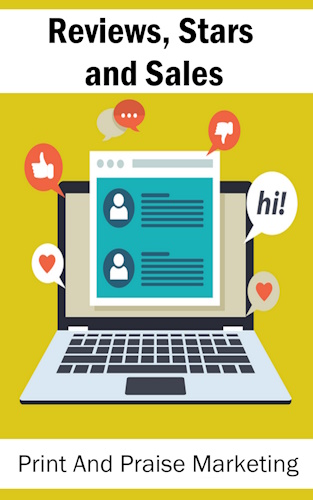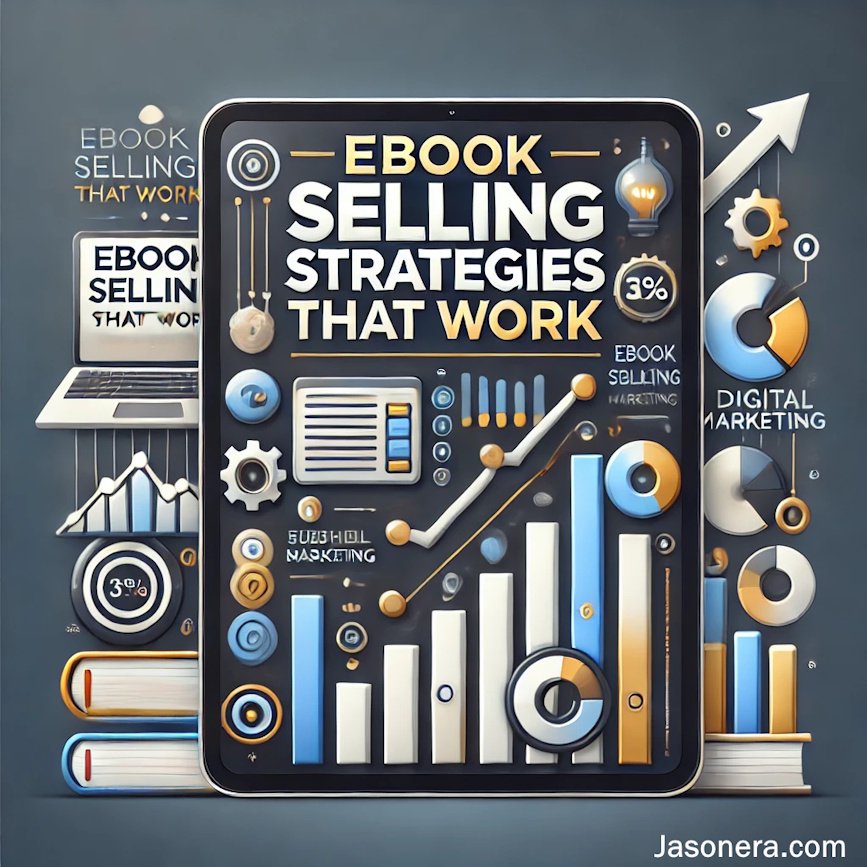2. Building And Selling Digital Products
Print And Praise Marketing

We have talked about pictures and the sharing of pictures. Has this had an effect on leaving good reviews and does it promote increased buying?
It has been shown that reviewers like to leave picture and text reviews. Why? Pictures in online word-of-mouth can enhance the usefulness of reviews and consumers’ purchase intention. What some businesses have found out is that if a customer raves about a product and post s pictures of it (called praise and print) it will be more convincing to consumers, because online reviews with pictures are more vivid and can have a greater impact on sales decisions. As a side note, “print” refers to using a picture/video of the product on and offline.
There is some small print in doing this. If an audience member sees print and praise marketing at work that is not related to the group/ targeted audience then this has a negative affect upon the brand, known as “praise goes out, bad news travels fast”. This also might not be used as intended. Some companies have given products to influencers who have then done product demonstrations or product comparisons. Some buyers have taken it upon themselves to also “print” the picture. But have then used the product against other products in a derogatory way. By association the products brand reduces even if that wasn’t the initial intension.
There are also a few more theories that explain comments, how they travel, how people can become enthralled by some thing and to apply positive descriptions to products or items. Lets start off what was originally proposed:
1. In 1978, Tajfel defined social identity as: “an individual recognizes that they belong to a particular social group, and at the same time recognizes the emotional and value significance of being a member of the group”
2. Kapferer (1992) developed a group of ideals that would make up brand identity, which holds that brand identity has six components: brand image, relationship, reflection, personality, culture, and self-image
3. Then in 2010 Xinxin proposed Cultural identity. Similar cultures and values are social identities based on the consensus of the regional members and external observers on the salient features of the regional culture. Driven by cultural identity, in-group members have a certain degree of preference towards regional brands, so they are willing to spread positive word of mouth of regional brands.
You can see now how this is infused into business. Why people can be so strong to their brand and little time for other brands- even if they might be demonstratable better and more effective. If you have a brand, your brand just has to be aligned with your audience and you can get stronger/ more powerful testimonials and reviews and higher ratings. When you think of Kapferers definition of brand identity you can see how multiple factors can glue customers to your brand.
Even language can play a part. Amazon also knows this and mines reviews for certain sentences and keywords related to the product (to promote relevant reviews) and also for positive and negative sentences. Another example is if you actually use product specific language targeting your audience. For example if you are selling golfing equipment to the pros and you get reviews that discuss the basics of the golf game or you don’t use the right terms in your product. It can be a turn off even for a product that is meant for golf users. Example 2, Craft Beers. They are usually localised branded products. In a local town (4k residents) the local craft beer brewery has a 4.9 star review and 27 reviews on Facebook. 4.7 and 91 reviews on Google. Thats pretty high for a small town. When you read the reviews they are almost all similar because the brewery has tried to specifically target that audience:
- Using terms that the same audience uses in their beer flavours and even names
- Using snacks and food items that are aimed specifically at that audience
- An environment which is “homely industrial” and appeals to that same audience
When the audience is not the targeted type? The reviews are poor and it is noticeably so. This is one of the 3 star reviews for the brewery: “We went there for a birthday lunch thinking there would be a proper menu and were disappointed on that score”. The menu is online and the menu is present when you arrive- its appetisers and that sort of food- to be enjoyed with a craft beer, which is the main reason why you are there. The 3 star review is not the right audience because they would have known that the beer is the main focus, not the food. Compare this to a review of the appetiser food from someone who is a targeted audience “Their meats must have been chosen with such care that each bite feels like a symphony of flavors. It's like a safari for your taste buds…”.
Or as research suggests: “When consumers believe that the brand can represent them and desire that the group is using the brand, they will strengthen the connection between themselves and the brand, showing stronger brand love and brand attachment”.
But what happens though when a group that doesn’t belong to the group start to post favourable comments?
The brand can weaken and brand switching can occur from the original targeted audience. When a different group is using the brand, post positives comments, original consumers will choose to weaken the connection between themselves and the brand. They will reduce purchasing and positive comments if they cannot weaken the connection between the different group and the brand, or even cause brand switching behavior. This has occurred multiple times:
- When people switch from one brand of coffee to another because the company “has sold out”
- Remember the Ghostbusters remake from director Paul Feig? There were many negative comments about the movie and down votes on a trailer video- even though people couldn’t have seen the movie
- When some music artists switch genres there can be a leaving of listeners. A good example of this is Twenty One Pilots (TOP) song Heathens. It is about the original TOP fans reacting negatively about new fans which have been introduced to the band through their chart success and maybe not necessarily so from the beginning. Even if this means more exposure and better marketing for the band.
How can Brands and companies control the reviews, especially with print and praise marketing?

So what can brands actually do? According to Zhang (https://www.scirp.org/journal/paperinformation?paperid=98614 ), a few things:
- Mine the data. Be very selective in the comments that you praise and promote. There are programs out there that can find words/ phrases that can match your ideals, target audience and goals. These are the ones that will match your exact group with your brand. Highlight those.
- Control the reviews. You need to actively find who are using comments and are stating comments about your products and not using positive comments in a negative way (comparing other products negatively etc).
- You need a brand community. A highly engaged audience is a gold mine. Allows users to participate in the preliminary research, functions, style design and other aspects of the project or product. Users will feel that they are part of it, and they will be proud of it and feel that they are special. In the brand community, people’s social group is mainly derived from people who are consistent with their own interests
- The positive online comments that are posted should be praised.
- If you think your product doesn’t identify with the core audience then you can either do 2 things: 1- allow the new audience to come along, welcome them and weather the storm and come out with a potential larger audience. Some of the original audience will be dragged along. It can be a gamble. But if you think that is the direction, then go for it. 2- Create a different brand that targets the new audience. It could be a tweak- like Coke and Diet Coke- but still two distinct products. Or two separate companies like Toyota and Lexus. Usually making a different brand helps.
How do we increase our ratings or even get reviews in the first place?
About. Updates. Disclaimer. Privacy. Mission/ Vision. FAQ. Newsletter.
Copyright © 2024- Jasonera.com All rights reserved








